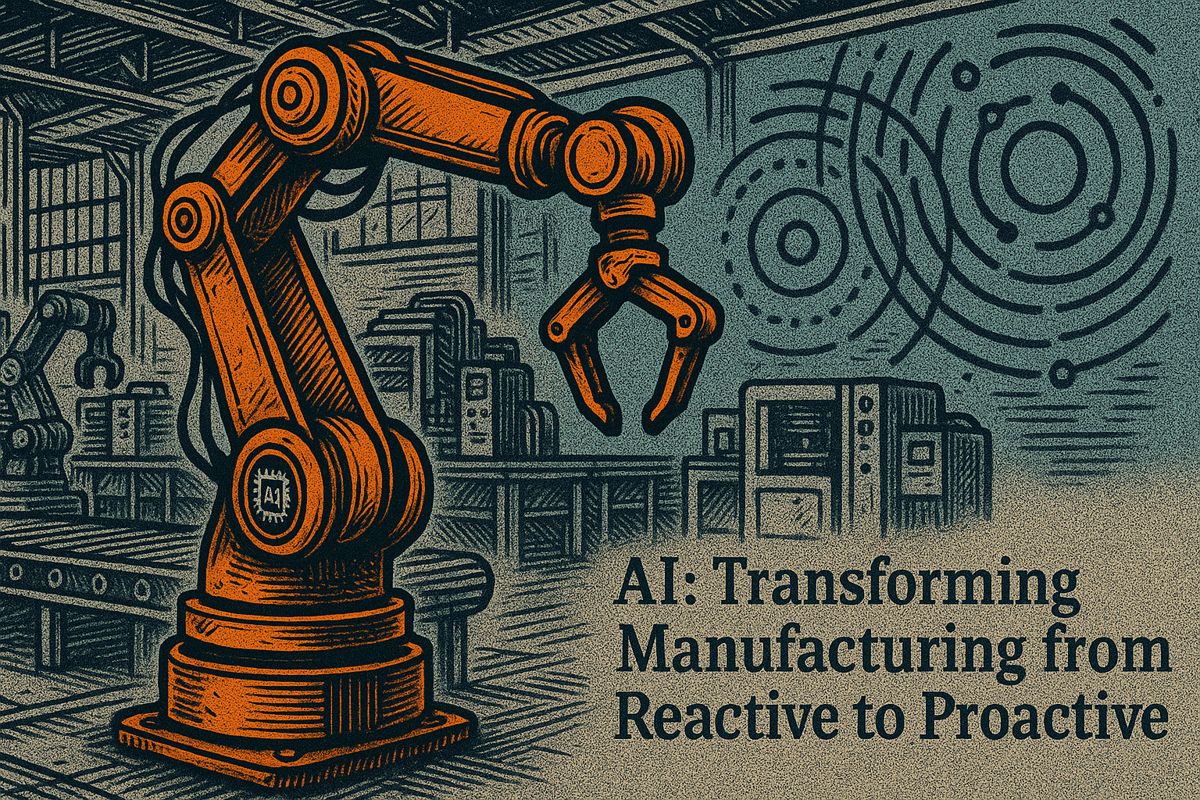AlphaEarth Foundations, a new Google DeepMind virtual satellite technology, provides super-detailed, 10-meter maps of the whole world. This technology offers faster, more accurate, and resource-efficient updates on environmental changes like deforestation, floods, and crop yields, benefiting groups fighting deforestation, cities tracking flood risks, and the UN in predicting harvests. It’s quicker, cheaper, and universally accessible, thereby aiding global environmental monitoring and protection.
What is AlphaEarth Foundations and how does it improve environmental monitoring?
AlphaEarth Foundations is a virtual satellite model by Google DeepMind that transforms global environmental monitoring with 10-meter-resolution maps, 24% lower land-cover error rates, and real-time updates. It enables faster deforestation alerts, improved crop-yield forecasts, and bi-weekly flood-risk dashboards while requiring less storage and computing power.
In July 2025, Google DeepMind quietly released AlphaEarth Foundations, a 10-meter-resolution “virtual satellite” that has already redrawn how scientists, NGOs and governments look at the planet. Instead of launching new hardware, the model ingests over 1.4 trillion satellite, radar and climate footprints per year and compresses them into dense “embeddings” that fit on a laptop.
What this means in practice:
| Metric | Previous State-of-the-Art | AlphaEarth Foundations |
|---|---|---|
| Spatial resolution | 30–100 m | 10 m |
| Global map storage | ~PB raw | 16× smaller compressed embeddings |
| Processing speed | Days-weeks | Near real-time |
| Error rate (land-cover) | Baseline | 24 % lower |
From pixels to policy: three early wins
-
Deforestation alerts in the Amazon
Brazilian NGO MapBiomas now receives weekly change maps. Preliminary comparisons show AlphaEarth spots new clearings five days faster than legacy MODIS-based alerts, giving enforcement teams a critical head start (Dataconomy). -
Flood-risk dashboards for coastal cities
Engineers in Jakarta overlay AlphaEarth’s 2017-2024 water-body layers with storm-surge models, shrinking contingency-plan update cycles from quarterly to bi-weekly . -
Global crop-yield forecasting
The UN FAO feeds the embeddings into regression models and reports a 9 % improvement in maize-yield predictions for Sub-Saharan Africa, a region where ground surveys are sparse.
What users actually get
- Google Earth Engine dataset
Annual embeddings (2017-2024) are query-ready via Earth Engine – no GPU cluster required. - APIs & notebooks
Starter code for change-detection and carbon-stock estimation is already in Leafmap tutorials. - Privacy guardrails
At 10 m pixels the system cannot identify individuals or vehicles, a deliberate choice to keep regulators happy.
Market snapshot: who else is watching?
| Provider | Core strength | Typical resolution | Open access |
|---|---|---|---|
| Microsoft Planetary Computer | Cloud analytics | 30 m | Partial |
| IBM Geospatial Foundation Models | Multi-modal fusion | 10–30 m | Research tier |
| ESA AI4EO | Space-borne AI | 10–20 m | Full |
| Planet Labs | Daily imagery | 3 m | Commercial |
| AlphaEarth Foundations | Unified embeddings | 10 m | *Yes * |
Early numbers show AlphaEarth is 16× faster and 16× lighter than comparable models (insideHPC), making large-scale environmental monitoring feasible for medium-sized NGOs and national agencies that previously lacked supercomputing budgets.
With 50+ partners already validating outputs and open datasets rolling out monthly, the race to map – and protect – the planet just shifted into a higher gear.
What is AlphaEarth Foundations and how does the “virtual satellite” actually work?
AlphaEarth Foundations is Google DeepMind’s AI-powered virtual satellite that merges trillions of satellite images, radar readings, 3-D laser scans and climate simulations into a single digital twin of the planet. Instead of launching metal into orbit, the model processes 1.4 trillion data footprints per year and compresses them into 10 × 10 meter “embeddings” – compact digital summaries that occupy 16× less storage than traditional methods while keeping all spatial and temporal detail. This unified grid spans 2017-2024 and is refreshed annually through Google Earth Engine, making petabyte-scale Earth observation as easy as calling an API.
Which real-world problems are early adopters solving right now?
More than 50 organizations switched from months-long manual mapping to on-demand AI maps within weeks of the July 2025 launch:
-
Amazon deforestation: MapBiomas in Brazil is tracking agricultural expansion with 24 % lower error rates, spotting illegal clearing weeks faster.
-
Global Ecosystems Atlas: UN FAO, Harvard Forest and Stanford University are building the first consistent, yearly ecosystem inventory at 10 m resolution.
-
Disaster response: Early-warning drought and flood models now run on inexpensive hardware thanks to the 16× faster processing pipeline.
-
Clean-energy siting: Renewables developers screen thousands of sites in minutes by overlaying AlphaEarth land-use trends with wind or solar layers.
What data can I access and how accurate is it?
The Satellite Embedding dataset delivers:
| Attribute | Specification |
|---|---|
| Spatial resolution | 10 m per pixel |
| Temporal coverage | 2017-2024 (annual) |
| Update frequency | Yearly refresh via Earth Engine |
| Storage reduction | 16× smaller files |
| Accuracy gain | 24 % lower error vs prior models |
Each 10 m cell contains compressed information on land cover, water presence, vegetation health and built-up area, validated across 15 global test sites.
How does AlphaEarth compare with existing satellite services?
Unlike single-sensor constellations, AlphaEarth fuses optical, radar and LiDAR in one model, eliminating the need for separate pipelines. Benchmarks show:
- Microsoft Planetary Computer – strong multi-source integration but lacks the unified 10 m embedding field.
- IBM geospatial foundation models – comparable AI accuracy yet still requires large on-premise storage.
- ESA AI4EO initiatives – excellent real-time onboard AI, but coarser 20 m resolution.
AlphaEarth’s edge is the combination of resolution (10 m), speed (16× faster) and storage efficiency (94 % less) in a single open dataset.
Which limitations should researchers and developers keep in mind?
- Frequency: Annual snapshots are ideal for long-term trends; daily or sub-weekly events (e.g., sudden floods) are not yet captured.
- Validation cycle: As with any new model, scientists are encouraged to cross-check regional outputs against ground truth, especially in data-sparse areas.
- Coverage window: Current embeddings end in 2024; near-real-time layers are on the 2026 roadmap.
- Access limits: Free via Earth Engine for non-commercial use; large-scale commercial workloads require quota approval.
Despite these caveats, the August 2025 feedback from partners shows AlphaEarth already compresses six months of analyst work into one afternoon for continental-scale land-cover mapping.



















